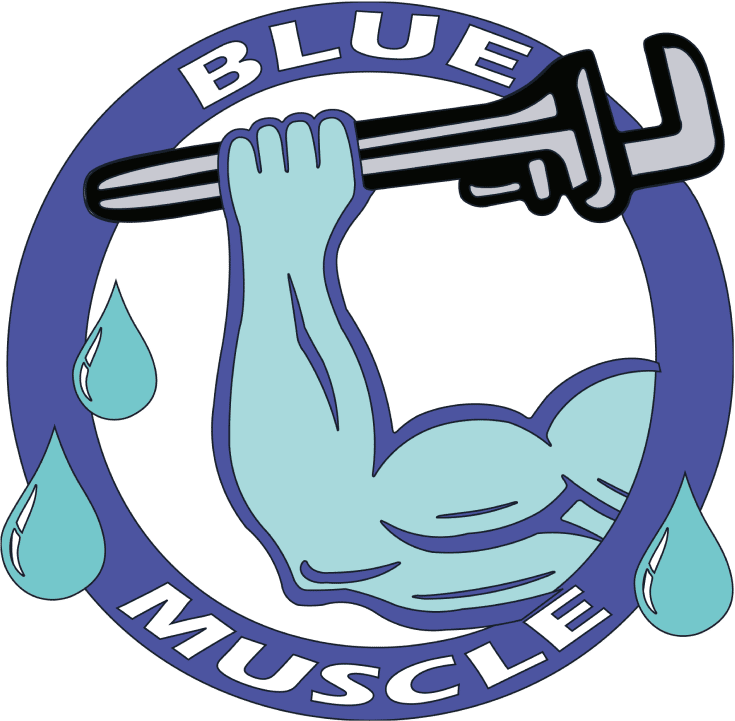Water pressure issues in a home can be both frustrating and inconvenient, affecting daily activities like showering, washing dishes, and doing laundry. Whether you’re dealing with low water pressure or unexplained fluctuations, understanding the causes and possible solutions to these problems is essential for maintaining an efficient plumbing system.
Say goodbye to inadequate water pressure and embrace the benefits of expert advice and effective solutions tailored to your specific needs.
Identifying the Causes of Low Water Pressure
A variety of factors can contribute to low water pressure in a home. Some of the most common causes include the following:
1. Clogged pipes: Over time, minerals and sediment can build up inside your pipes, restricting water flow and resulting in reduced water pressure. Periodic flushes and cleaning can help prevent this issue.
2. Partially closed valves: Check your home’s main shut-off valve and the valves near your water meter to ensure they are fully open.
3. Pressure regulator malfunction: Pressure regulators are designed to maintain a consistent water pressure within your home. If the regulator isn’t functioning correctly, it can lead to a drop in water pressure.
4. Water leaks: Undetected leaks in your plumbing system can cause a reduction in water pressure. Examine your pipes and connections regularly for signs of leakage.
Testing and Assessing Your Home’s Water Pressure
To determine if your home has adequate water pressure, follow these simple steps:
1. Obtain a pressure gauge: Purchase a water pressure gauge from a local hardware store or online. These devices are typically inexpensive and easy to use.
2. Attach the gauge to a hose bib or faucet: Locate an exterior hose bib or an indoor faucet and attach the pressure gauge to it.
3. Turn off all water-using appliances: Ensure no other water sources are active in your home, such as dishwashers, washing machines, or showers.
4. Turn on the faucet: Open the valve on the faucet or hose bib and note the reading on the pressure gauge. A typical residential water pressure should fall between 40 and 60 psi (pounds per square inch). If it’s significantly below 40 psi, you may have a water pressure issue that needs addressing.
Troubleshooting and Resolving Water Pressure Problems
Once you have identified the cause of the low water pressure, consider the following solutions:
1. Clean or replace clogged aerators: Faucet aerators can accumulate sediment and debris over time, reducing water flow. Unscrew the aerator, clean it with a brush and vinegar solution, and reinstall it. If the problem persists, consider replacing the aerator.
2. Unclog or replace pipes: If mineral deposits or corrosion have obstructed your pipes, you can attempt to flush them using vinegar or a chemical cleaner. However, if the issue is severe, you may need to hire a professional plumber to replace the affected pipes.
3. Adjust or replace the pressure regulator: If your pressure regulator is the source of the problem, try adjusting the settings according to the manufacturer’s instructions. If that doesn’t resolve the issue, you may need to replace the regulator.
4. Repair water leaks: Check your plumbing system, including connections, fixtures, and pipes, for visible signs of leakage. If you find leaks, repair or replace the affected parts. If you are unsure of your ability to identify or repair the leaks, consult a professional plumber.
Cost-effective Solutions for Improving Water Pressure
In addition to addressing specific issues, there are several general solutions you can implement to improve your home’s water pressure:
1. Install a water pressure booster: A pressure booster pump can be installed in your home to increase water pressure by amplifying the flow from the main water line. These systems are particularly useful in homes with consistently low pressure.
2. Upgrade to a tankless water heater: Tankless water heaters can provide a more consistent and higher water pressure than traditional tank-based systems, especially during periods of high demand.
3. Invest in high-efficiency fixtures: Replacing outdated faucets, showerheads, and appliances with high-efficiency models can help increase water pressure while using less water overall.
Preventative Measures for Maintaining Optimal Water Pressure
Maintain your plumbing system’s efficiency and prevent future water pressure problems with these tips:
1. Regular inspections: Schedule professional plumbing inspections at least once a year to identify and address potential issues before they escalate.
2. Install water softeners: If hard water is causing mineral build-up in your pipes, consider installing a water softener to mitigate the problem.
3. Address leaks promptly: Regularly check your plumbing system and repair leaks as soon as they are detected to prevent pressure loss and conserve water.
Understanding the various factors contributing to low water pressure and implementing the appropriate solutions can significantly improve the overall performance of your home’s plumbing system. Remember, maintaining an efficient and reliable plumbing network is essential to providing your household with a comfortable and functional living environment.
Your Partner in Maintaining Optimal Home Water Pressure
Understanding the causes of water pressure issues and employing effective troubleshooting measures can make a significant difference in your home’s plumbing performance. Ensuring your system operates efficiently and providing a consistent water flow for daily activities are vital components of a comfortable, functional living space. With Blue Muscle Plumbing and Rooter Service as your trusted partner in plumbing services, you can embark on a journey towards better water pressure and optimal system maintenance with confidence. Our experienced professionals are ready to assist you in diagnosing and resolving water pressure issues and providing expert advice on maintaining peak performance.
If you’re looking for a reliable plumber in Lancaster, CA, contact Blue Muscle Plumbing and Rooter Service today to schedule an inspection or consultation and take a step towards a more efficient plumbing system. Embrace the benefits of expert guidance, tailored solutions, and an improved home plumbing experience with us.

